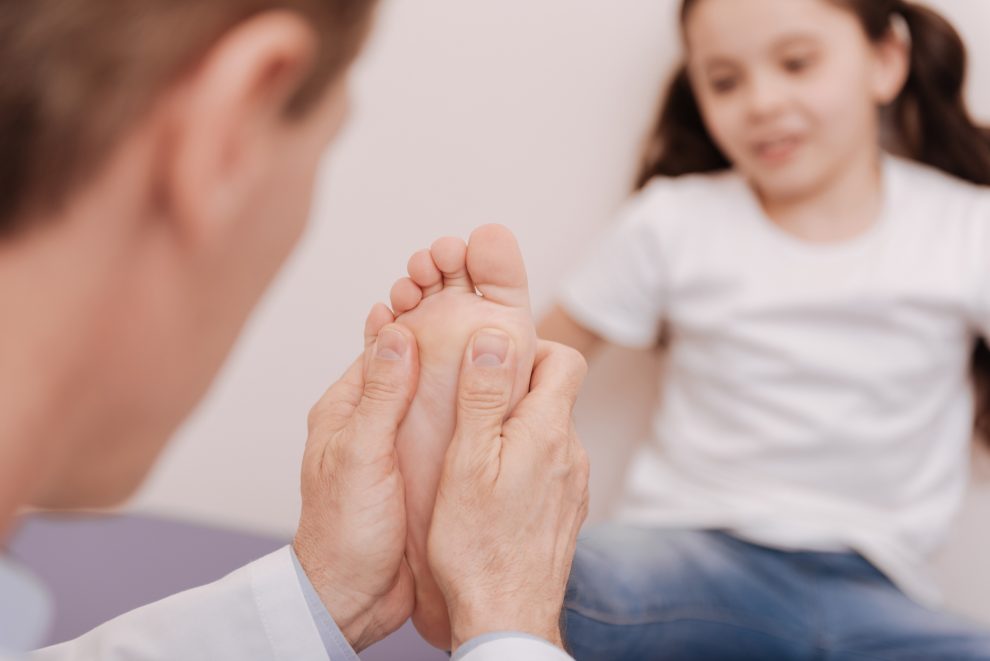If your child suffers foot pain or develops a condition, it can lead to underdevelopment of the arches, improper fusing of bones, and gait disorders. That may set your kid on a long-lasting path into adulthood of injury, discomfort, and difficulty performing healthy activities. Therefore, you should strive continually to protect the feet of your child. Taking your child for regular pediatric foot care Katy can help you to recognize and address problems that may arise immediately. Potential issues that affect a child’s foot may include clubfoot, flat foot, ingrown toenails, fungal infections, sports injuries, and stress fractures.
If your child is highly active and plays sports like football, tennis, and soccer, it is much easier to get ankle sprains. An ankle sprain can be severe and dangerous, affecting the normal development of bones and cartilage. Without referring the matter to a specialist in pediatric foot care, your child may have a growth plate fracture.
On the other hand, flat feet are a common condition in infants because the muscles, ligaments, and tissues in the feet and ankle are still underdeveloped. Flat feet can also result from a genetic disorder. Without the proper medical treatment, your child may experience pain, affecting daily activities.
Consequently, below are a few tips to help you maintain healthy feet for your kid at home.
- The covering of your child’s feet
Avoid making your infant or child wear shoes or socks that tightly cover the feet, especially for an extended period. Tight covering of the feet may cause discomfort and hinder movement and natural development.
Cover your child’s feet with socks or shoes that are loosely fitting to promote unrestricted foot movement and kicking.
- Monitor the feet
Constantly monitoring your child’s feet allows you to detect a condition or wound before it becomes severe. In some situations, a foot condition may not disappear unless subjected to early diagnosis and treatment.
- Ensure your kid has the right shoes
Before you buy shoes for your child, consider a few things. First, the footwear should comfortably fit. Check if your kid shows any signs of discomfort after wearing new shoes.
Also, both feet may slightly differ in size. Therefore, consider the larger foot when buying shoes.
Moreover, sporting activities may demand different sizes of footwear, which is essential for improving comfort while playing and preventing potential injuries.
- Regularly change footwear
Scientific studies show that your child’s feet increase nearly by half in a few months between the ages of two to six. As a result, you need to check and replace footwear after every few months.
Regular change of the child’s footwear is necessary to accommodate the rapid growth and stabilization of the feet.
- Cut toenails
Failure to frequently trim a kid’s toenails may cause ingrown toenails. An ingrown toenail may also result from incorrect trimming or regular wearing of too-tight shoes.
An ingrown toenail may cause an infection and may have other symptoms, such as pain, redness, and inflammation.
- Wash and keep the feet dry
Ensure your kid’s feet are always clean and dry, especially between the toes. That is essential for minimizing the risk of fungal and bacterial infections.
Contact Vargas Foot & Ankle Specialists today for expert pediatric foot care services.







